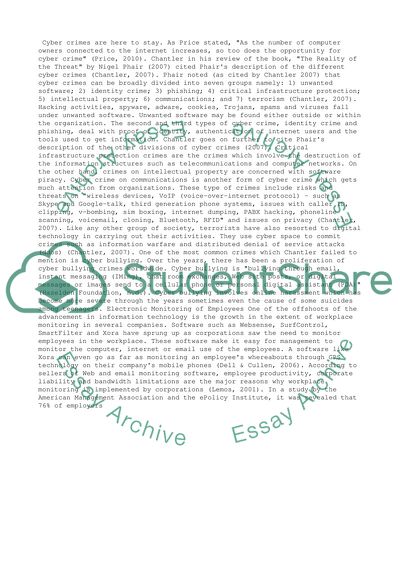Cite this document
(“Information Technology Ethics Term Paper Example | Topics and Well Written Essays - 1000 words”, n.d.)
Retrieved from https://studentshare.org/management/1441107-information-technology-ethics
Retrieved from https://studentshare.org/management/1441107-information-technology-ethics
(Information Technology Ethics Term Paper Example | Topics and Well Written Essays - 1000 Words)
https://studentshare.org/management/1441107-information-technology-ethics.
https://studentshare.org/management/1441107-information-technology-ethics.
“Information Technology Ethics Term Paper Example | Topics and Well Written Essays - 1000 Words”, n.d. https://studentshare.org/management/1441107-information-technology-ethics.


